Five Red Stars shine bright over Tate Modern’s exhibition of Russian revolutionary art.
Ten years ago, the late photographer-historian David King began work on the tome-like book, Red Star over Russia, the title of which is used for a new exhibition at Tate Modern. Posters, postcards, vintage photos, original magazines and agit-prop (agitational propaganda) are just a few of the items on display from King’s vast collection. Starting with the initial unrest in 1905 and leading right up to Stalin’s death in 1953, this assemblage charts the twists and turns of Russian revolutionary history.
Despite the historical importance of these artefacts, much of the collection was, as King recalled, ‘often anonymous…little known or long forgotten’. Tate’s exhibition has sought to redress this and re-contextualise the objects. Started by King in the 1970s (during his time as a designer and photographer for The Sunday Times Magazine), the collection was acquired by Tate in 2016. Shrinking down 250,000 items to just 250, the gallery has still managed to capture something of the intense, harsh action of the early Soviet era. Through ebullient slogans and vivid posters, the visitor is transported back to a time of excitement and fear, hope and disillusion.
It is these tensions – or rather, the disjunction between the Soviet Union’s propagated fictions and historical truth – which interested King when assembling the collection. His research led him both to restore erased figures from photographs and erase superimposed ones from others. Thus, in the exhibition we see propaganda materials, artfully mediated to buttress the position of the state, placed alongside vintage photographs depicting a reality more ragged than what many later censors would allow. Photos from official archives, both staged and spontaneous, vie for attention. In room 5 we see Mayakovsky, the disillusioned revolutionary poet, not long after his suicide – a stark, uncensored reminder of what lay beneath the State’s doctrine of Socialist realism. Such rooms demonstrate Stalin’s understanding of how mediated visuals could construct, dictate and promote a new political ideology and reality. Room 5 also presents two other ill-fated creatives, alongside Mayakovsky: the married couple Valentina Kulagina and Gustav Klutsis. The latter is shown in mugshots taken from the late thirties, after he had been arrested on false charges and interned in a camp. Prior to this, however, both Klutsis and Kulagina had been zealous artistic collaborators for the Party, with Klutsis’ creating collaged designs for Pravda newsprint.
In room 5, therefore, the magnetic field of Stalinist censure (1927 onwards) is a subtle, but potent, force. What was previously invisible becomes visible in a succession of altered and cropped photos: who stands alongside Stalin and who doesn’t, the absence or presence of faces, takes on a sinister import. This unnerving doctoring of images is paralleled with a huge table of official mugshots of labour-camp inmates: the bespectacled, the poor and the educated; ideologues and the ideologically ambivalent. In the table’s drawer, as though restaging the bureaucratic environment, an accompanying index to all these faces can be seen.
Rooms 1 and 2, respectively titled ‘Art on the Streets!’ and ‘The Future is our only goal’, might be summarised as ‘What can revolutionary art be?’ This important question is answered with a blast of posters for street-parades, as well as propaganda murals found on travelling “agit-trains” and boats. Agit-trains were brightly painted and carried a printing press and other art apparatus on board; they produced political leaflets and pamphlets, contained library books and a mobile movie theatre. They traversed the rails of Russia’s Eastern-most stations in an attempt to inculcate the political agenda of the new government to isolated communities. Photos and posters feature soldiers in the Pacific East unpacking boxes of books from a train and handing them to each other. In their uniforms they stand around reading, rapt with expressions of enlightenment. As a machine for the dissemination of state propaganda, the agit-trains traverse a thin line between technological innovation and a new kind of political control.
Progression and retrogression are juxtaposed again in other images. In what purports to be candid photography, two Uzbek women in headscarves are being taught world history. Behind them on the wall, in soft-focus, can be seen an image of Lenin. Taken in 1931, the photo shores up the new ideological position around the authority of the deceased Lenin. His ostensible wish was not only to see the workers’ councils (“soviets”) become the governing structure throughout Russia, but for women to assume leading positions in them. Lenin had been keen to pronounce women’s emancipation in every aspect of life. While it is true that Soviet society opened hitherto unknown opportunities, Lenin’s theoretical feminism caused him to issue decrees giving rights to women while failing to realise the complete abandonment of a patriarchal system. His hazy image behind the women – a clear iconographic portrayal circulated by Stalin – alone tells a story of hope and failure.
Nonetheless, the 1920s and early 30s appear to be years of the most inventive, fruitful, and idiosyncratic artistic innovation. Of special mention are Sophie Lissitzky-Küppers and El Lissitzky, whose creative and practical expertise matches the lightness, even fun, of their ‘montage-books’, one of which is entitled, predictably enough, Industry of Socialism. Their work is overlaid with the same medium of transparent celluloid inserts they pay homage to. Here, as with other Modernisms in Western Europe, there is the feature of the highs and lows of culture meeting for a semi-literate mass audience.
Red Star Over Russia contains multitudes of images and figures that illustrate how violence, in the service of utopia, was licensed for a time. It is a collection shot through with ghosts, with unrealised promises and counter-factual histories. Yet, it is also an exhibition that showcases the immense creativity of various individuals and collaborators of the mid-twentieth century; it is a eye-opening show that celebrates their bold aesthetic, as much as it underscores the political cover-ups of the Soviet government. Walking through the rooms, one simultaneously uncovers and recovers the lost stories, visions and voices of revolutionary Russia.
Red Star Over Russia: A Revolution in Visual Culture, 1905-55, at Tate Modern, SE1 until February 18. tate.org.uk

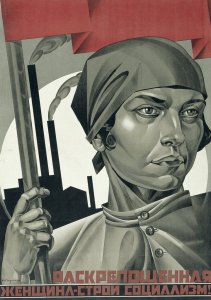
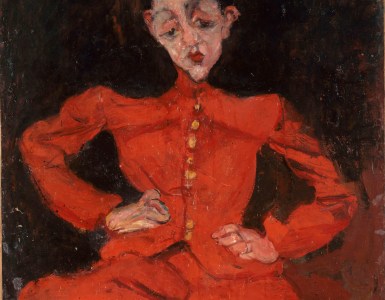

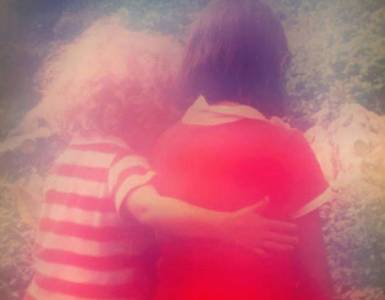

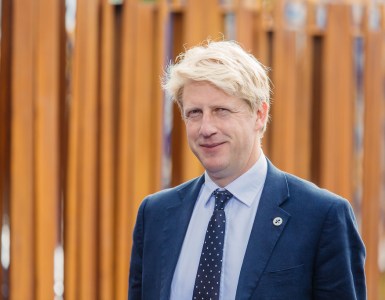
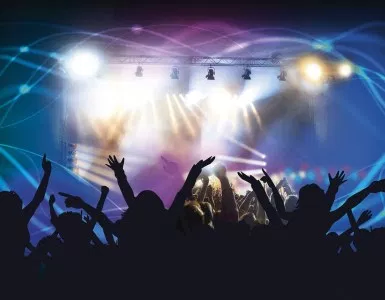

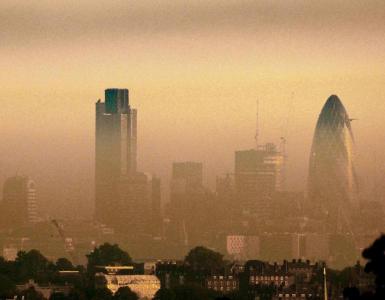
Add comment